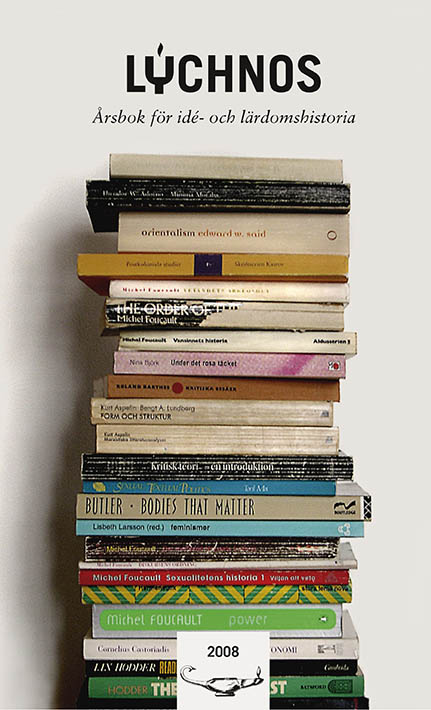Teorins pionjärer
Om introduktionen och receptionen av den moderna litteraturteorin i Sverige
Abstract
From the 1970’s onward, comparative literature has held a unique position among the humanities with regard to the reception, development and application of theory. Hermeneutics, structuralism and postmodernist theory were appropriated by comparative literature before any other academic discipline, only later to be integrated into other subjects in the humanities and the social sciences. In this article, I offer an outline of the development within comparative literature, or the so-called ”import of theory”, especially during the 1970’s and 1980’s and with the Swedish reception as the focus. I limit my discussion to the introduction and establishment of theory, and deal primarily with the pioneers of literary theory on Swedish soil.
Hermeneutics and structuralism alike have a long history, but they first receive serious attention in Swedish comparative literature during the latter half of the 1970’s. Postmodernist theory does not penetrate the discipline before the early 1980’s. It is primarily such currents (hermeneutics, structuralism and poststructuralism) that are associated with contemporary theory and with the ”theoretical revolution” in the discipline, thus making the 1970’s the natural starting point for this study.
The expansion phase of literary theory reaches its culmination toward the end of the 1980’s, when the quantity and variety of theoretical orientations are striking: structuralism, phenomenology, narratology, poststructuralism, psychoanalytic theory, feminist and gender theory, hermeneutics, thematic critique, reader-response criticism, reception aesthetics, Bachtinian dialogism and intertextuality are among the most important influences.
Perhaps the most important pioneer in and importer of contemporary theory and method in Swedish literary studies was Kurt Aspelin, who cleared the way for continental influences, especially Russian formalism, structuralism and semiotics, which had earlier been largely inaccessible to the Swedish audience. The most significant contexts for the development of modern literary theory, aside from Aspelin’s work, are doctoral dissertations and the journal Kris (Crisis).
Downloads
Publicerad
Nummer
Sektion
Licens
This work is licensed under a Creative Commons Attribution 4.0 International License. The copyright for the work published in Lychnos remains with the authors.


